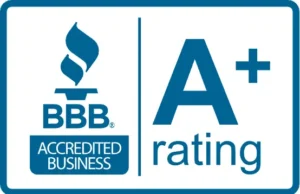Currently, Synchrony offers low monthly payments and many financing options. You can have your home repaired now and pay later with one of Synchrony's six monthly payment programs.
Home elevation has become an increasingly important consideration for residents of Boling in Wharton County, Texas. This coastal region faces unique challenges related to flooding, storm surge, and changing weather patterns that make residential properties particularly vulnerable to water damage. As a result, many homeowners are exploring elevation solutions to protect their most valuable investment while ensuring their family’s safety and security.
Boling’s location in Wharton County places it in an area that has experienced significant flooding events over the years. The combination of heavy rainfall, proximity to waterways, and flat topography creates conditions where water can accumulate quickly around residential properties. Furthermore, updated flood maps and insurance requirements have prompted many homeowners to consider elevation as both a protective measure and a financial necessity.
Climate patterns in this region of Texas have shown increased intensity in storm events, making traditional flood mitigation strategies insufficient for many properties. Consequently, home elevation has emerged as one of the most effective long-term solutions for protecting residential structures from flood damage.
Professional home elevation offers numerous advantages for Boling residents beyond basic flood protection. Elevated homes typically experience lower flood insurance premiums, which can result in substantial savings over time. Additionally, raising a home above flood levels can significantly increase property values while providing peace of mind during severe weather events.
The elevation process also presents opportunities for homeowners to address other structural concerns, improve accessibility features, and enhance overall home functionality. Many residents find that the additional space created beneath an elevated home can serve various purposes, from storage to recreational areas, depending on local regulations and elevation height.
When considering home elevation in Boling, selecting an experienced residential foundation specialist is crucial for project success. Companies like Allied Foundation focus exclusively on residential services rather than commercial applications, ensuring specialized expertise in home-specific elevation techniques and challenges. This residential focus allows for more personalized attention to homeowner needs and greater familiarity with the unique requirements of residential properties.
Professional residential elevation contractors understand local building codes, permit requirements, and environmental factors specific to Wharton County. They can assess individual property conditions, recommend appropriate elevation methods, and execute projects that meet both safety standards and homeowner expectations. The investment in professional services typically pays dividends through proper execution, code compliance, and long-term structural integrity.
Proudly Serving Boling for over 40 years!


